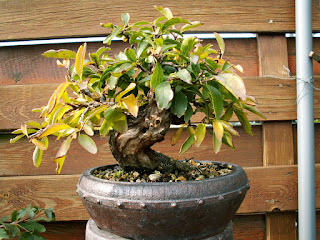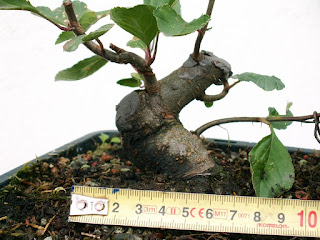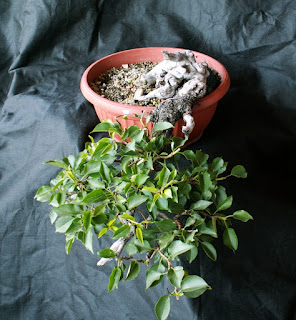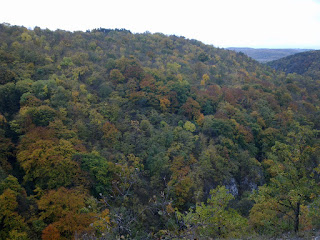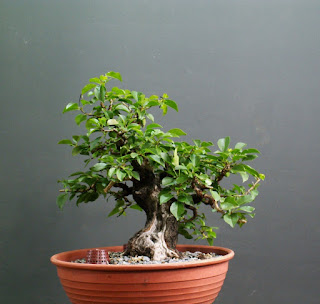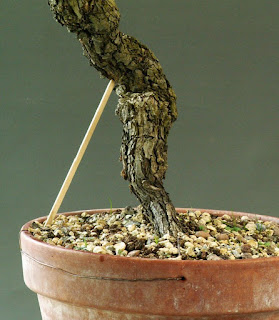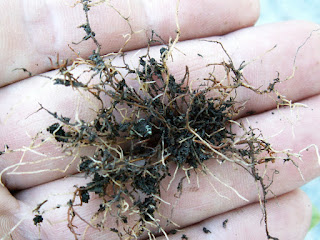The Zorro has grown a little bit in last 2 years... Height excluding the excessive part of the sacrifice branch: 45 cm Width: 68 cm Weight: 25 kg Frankly, not so easy to move it around. I am eagerly waiting for the leaf fall to see the structure of branching so I could see the fruits of our labor and to plan next steps. But there is still some time before it starts. The majority of my mahalebs is hard workers, very keen to keep the green leaves - meaning working on the photosynthesis - as long as possible. They will wait for the first frosty nights and then they will strip down within a couple of hours, mostly skipping the discoloration phase... I guess this could be related to the harsh biotop they started their lives and spent a few decades there. Front. Which one to select? You can find the previous story here
